9 Great Dividend Stocks That Have Gone on Sale
The Standard & Poor’s 500-stock index sits near a record high, and bond yields remain historically low.


The Standard & Poor’s 500-stock index sits near a record high, and bond yields remain historically low. That has made it a challenge to earn a reasonable return without taking excessive risk. Fortunately for new money, some dividend stocks haven’t kept pace with the market, and instead have become value-priced sources of income.
Several high-quality dividend payers are out of favor today, trading at discounted prices (relative to their own historical valuations) while still providing secure income and the potential for long-term capital appreciation.
Today’s values have been identified using not price-to-earnings, price-to-book or other typical metrics, however, but dividend yield. Specifically, we looked for dividend stocks that are yielding meaningfully above their long-term averages – akin to the Dogs of the Dow investment strategy.
While a relatively high yield can be a warning sign in some cases, the nine companies we’ll discuss today boast rock-solid businesses, safe dividends and favorable long-term outlooks. Better still, each of the stocks on this list has paid uninterrupted dividends for at least 20 years. As a result, their greater-than-usual yields suggest attractive valuations. Here’s a look at these sale-priced income plays.
Data is as of Nov. 24, 2017. Dividend yields are calculated by annualizing the most recent quarterly payout and dividing by the share price. Click on ticker-symbol links in each slide for current share prices and more.

Kimberly-Clark
- Dividend yield: 3.3%
- 5-year average yield: 3.1%
- Kimberly-Clark (KMB, $116.48) – the company behind well-known brands such as Huggies, Kleenex, and Scott – is a global powerhouse in the consumer staples sector. In fact, one-quarter of the world’s population uses the company’s products.
Kimberly-Clark, which has roots dating back to 1872, has built five billion-dollar brands across categories such as diapers, tissues and wipes. As one of the biggest players in its key markets, Kimberly-Clark’s scale helps lower its cost of production while providing the profits needed to invest heavily in advertising and R&D, which in turn will keep its products popular with consumers. Morningstar analyst Erin Lash notes that Kimberly-Clark “supports its competitive edge by investing in product innovation and marketing, which in aggregate equates to more than 5% of sales, or $1 billion annually.”
Close to half of overall sales are derived outside of North America, including nearly 40% in Asia and Latin America. Thus, Kimberly-Clark is well-positioned to benefit from growth in emerging markets over the coming years.
When combined with the recession-resistant nature of many of its products, Kimberly-Clark should have no trouble continuing to raise its dividend – a feat it has accomplished for 45 consecutive years.
Management targets annual earnings growth in the mid- to high single digits going forward, with the company’s dividend expected to increase at a similar pace. That, combined with a slightly bloated yield compared to its five-year average, suggests KMB could be attractively priced today.
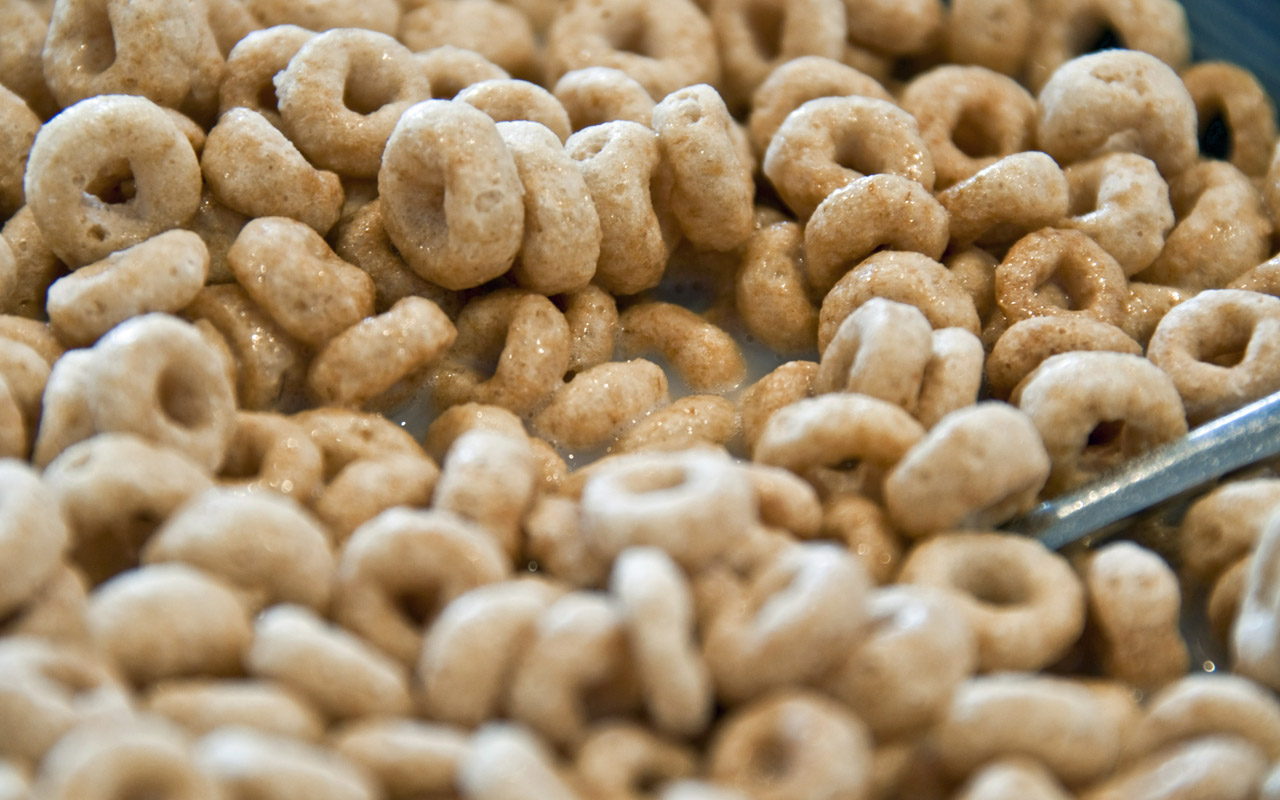
General Mills
- Dividend yield: 3.7%
- 5-year average yield: 3.1%
- General Mills (GIS, $53.65) manufacturers a diverse lineup of food products including ready-to-eat cereal, yogurt, packaged meals, snacks and baking products. Some of the company’s well-known brands include Cheerios, Yoplait, Pillsbury, Nature Valley, FiberOne and Annie’s.
General Mills and its predecessors have been in business for more than a century, which has resulted in several competitive advantages. The company enjoys extensive distribution relationships around the world, gains cost efficiencies from its scale and has brands that benefit from many decades’ worth of advertising spend.
Sales growth has been a challenge over the past two years (organic sales fell 4% year-over-year last quarter, for instance) as consumers have migrated away from certain packaged foods in favor of fresher, healthier and organic offerings. General Mills appointed a new CEO, Jeff Harmening, on June 1 to return the business to consistent organic sales growth. This won’t be an easy task, but smarter pricing, improved advertising, better product innovation and continued cost-cutting initiatives should help.
General Mills’ dividend remains on solid ground. The company’s payout ratio – the percentage of profits it pays out as dividends – sits near 65%, which is reasonable for a stable consumer staples business, and management last raised the dividend by 2.1% in June. General Mills targets a return to mid-single-digit segment operating profit growth, which would allow for a similar pace of dividend increases in the years ahead.
Right now, GIS sports a 3.6% dividend yield – well above its five-year average yield. Thus, General Mills is a high-dividend stock that appears to be trading at a reasonable price relative to history.
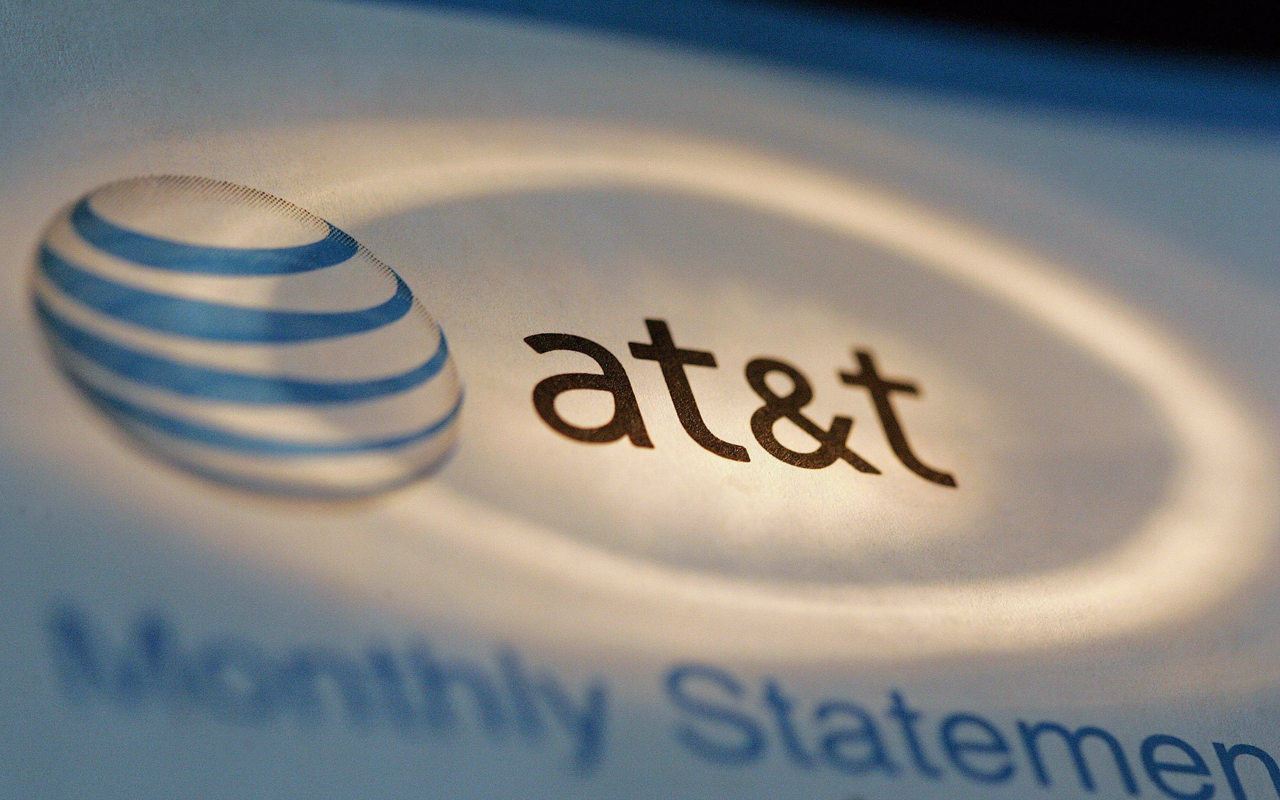
AT&T
- Dividend yield: 5.6%
- 5-year average yield: 5.2%
- AT&T (T, $34.81) has delivered higher dividends each year for more than three decades. And at 5.6%, the telecom and media giant’s yield not only is above its five-year average, but it’s higher than all of its fellow Dividend Aristocrats.
AT&T has made several major chess moves in recent years to adapt to the fast-changing telecom sector. The company’s $67 billion acquisition of DirecTV in 2015 made AT&T the largest pay-TV provider in the world. And its recent efforts to acquire Time Warner (TWX) for $109 billion – which currently are facing resistance from the Department of Justice – would provide it with unprecedented TV distribution, mobile distribution and content. These deals may help AT&T earn more revenue from each customer by bundling its services together while also reducing churn. And if the Time Warner deal closes, AT&T can also work to optimize advertising revenue by harnessing consumer data from its wireless and pay-TV businesses.
This bold strategy has added significant debt to AT&T’s balance sheet, which has caused some investors to worry about the security of its dividend. However, the combined company’s dividend appears likely to remain on solid ground, at least over the next couple of years. That’s because AT&T’s free cash flow payout likely would sit between 70% and 80% if the Time Warner deal closes. That’s not an alarmingly high level considering AT&T’s ability to generate steady cash flow.
AT&T’s stock has declined 12% over the past year, but that has pushed the yield to relatively high levels, and the shares into value territory.

Kellogg
- Dividend yield: 3.3%
- 5-year average yield: 2.9%
- Kellogg (K, $64.93) was founded in 1906 and offers a packaged food portfolio of snacks and cereals sold around the world. Intense competition and shifting consumer tastes have contributed to the stock’s 12% selloff over the past year. However, Kellogg’s well-known brands – including Special K, Frosted Flakes, Cheez-It, Pringles, Keebler and Kashi – continue to make it an important part of the food chain.
Erin Lash, CFA, an analyst at Morningstar, recently wrote, “We still think Kellogg is a valued partner for retailers, given its leading share of the U.S. ready-to-eat cereal aisle and the resources it possesses to fund brand investments – about 8% of sales, or $1.1 billion, annually.” The company is investing more in on-trend food and packaging, growing snacking categories and expanding its reach in emerging markets in the pursuit of long-term profit growth.
Kellogg’s ability to adapt over time has enabled it to pay more than 370 dividends to its shareholders since 1925. Its annual payout has increased every year since 2005, recording approximately 4.7% compound annual growth over the past 20 calendar years. And thanks to their yearlong dip, K shares now yield well more than their five-year average.
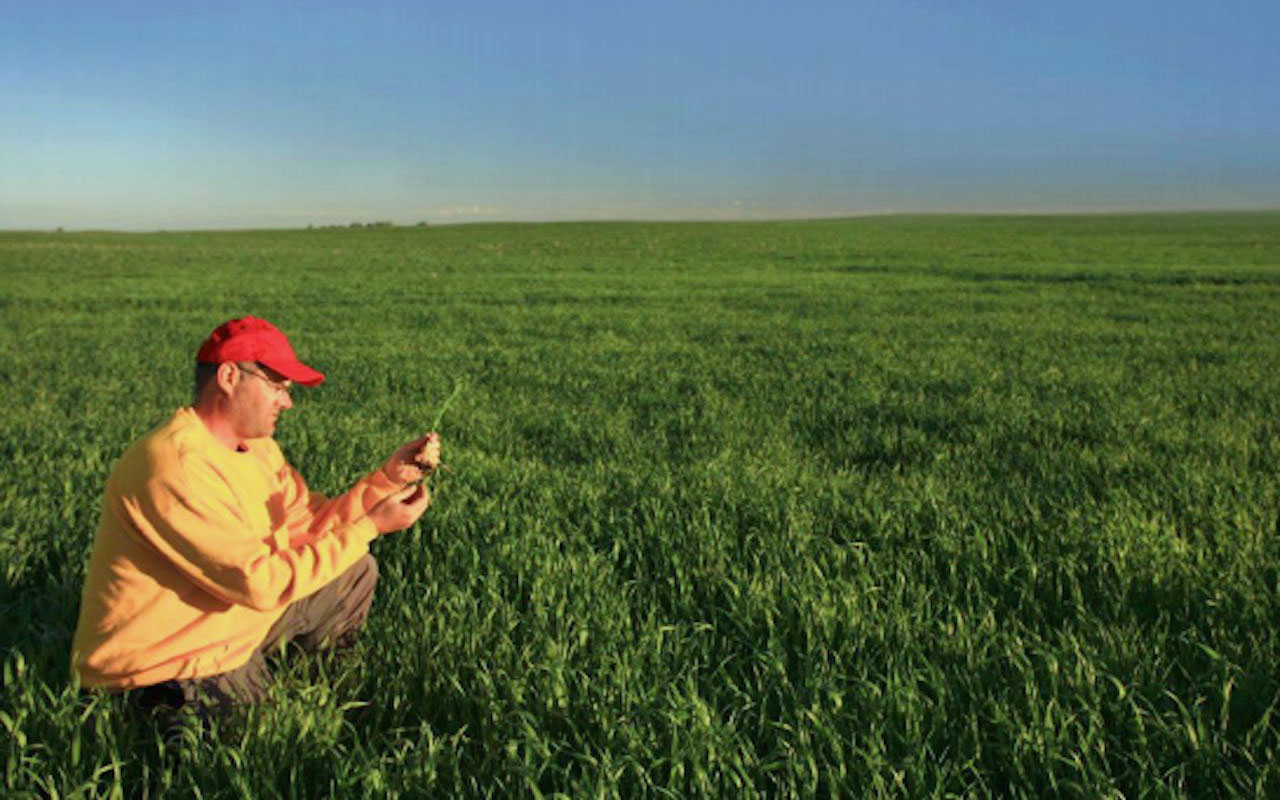
Archer Daniels Midland
- Dividend yield: 3.3%
- 5-year average yield: 2.4%
- Archer Daniels Midland (ADM, $39.14) is a Dividend Aristocrat that was founded in 1898, making it one of the elite group’s oldest members. The company is a key player in agricultural processing, sourcing, transportation and production of a wide range of commodities and food products such as vegetable oil, flour, starch, ethanol and food ingredients.
The company has raised dividends every year for more than four decades, largely thanks to its impressive network of assets. ADM has the largest grain terminal and shipping network in the country and has strategically placed processing plants and storage facilities located around the globe.
This scale and vertical integration help Archer Daniels Midland operate with lower costs and faster service compared to rivals. Those are key advantages in a price-driven industry and have helped the company maintain No. 1 market share positions across several major U.S. products, including sweeteners, alcohol and amino acid.
Turning to the dividend, management’s increased focus on business with steadier cash flows, such as specialty ingredients, has given ADM confidence to increase its payout range from 20%-30% to 30%-40% over the medium-term. Combined with an investment-grade-rated balance sheet, Archer Daniels Midland’s dividend – which has increased by 11.6% annually over the past decade – is in good shape to continue rising. Moreover, the stock’s current dividend yield of 3.3% is meaningfully above its five-year average, potentially making it a timely investment opportunity for dividend growth investors.

Omnicom
- Dividend yield: 3.5%
- 5-year average yield: 2.6%
Founded in 1986, Omnicom (OMC, $68.97) is one of the largest advertising agency networks and providers of media services in the world. The company serves more than 5,000 clients in over 100 countries, providing advertising, customer relationship management, public relations and specialty communications services.
Omnicom, which is one of the largest agency networks, can act as a one-stop shop for clients because it has a wide breadth of services and offers a global reach. Many of the company’s relationships have been in place for decades, creating switching costs for clients, and it generally is cheaper for a client to work with a small number of agencies to save on costs.
Slowing growth in North America and concerns of increased competition in digital marketing have caused shares of Omnicom to lose more than 20% of their value over the past year. However, the company has been making a number of improvements to reinforce its competitive advantages. Argus analyst Deborah Ciervo, CFA, recently wrote, “Despite slow growth in North America, Omnicom is posting stronger organic sales and higher margins, and working to expand its digital, data and analytics capabilities through partnerships and acquisitions.”
As a result, management had the confidence to boost the company’s dividend by 9.1% in October. The company has paid uninterrupted dividends since its founding in 1986 and offers a 3.5% dividend yield – well above its five-year average.

Hormel
- Dividend yield: 2.2%
- 5-year average yield: 1.7%
- Hormel (HRL, $34.41) boasts 52 consecutive years of dividend increases – including a 10% hike in November – made possible by the company’s well-known portfolio of food brands.
From Skippy peanut butter and Hormel-branded deli meats to Muscle Milk protein products and Spam, the company covers a wide range of refrigerated foods and grocery products. In fact, Hormel’s brands have No. 1 or No. 2 market share positions in more than 35 categories across the grocery store.
Going forward, management targets 5% sales growth, 10% earnings growth and margins in the top quartile of peers by 2020.
Despite the company’s historical success, Hormel’s stock has underperformed the market over the past year, mostly because record commodity price volatility has compressed its margins. As a result, HRL shares offer a dividend yield of 2.1% – a meaningful premium to its five-year average.
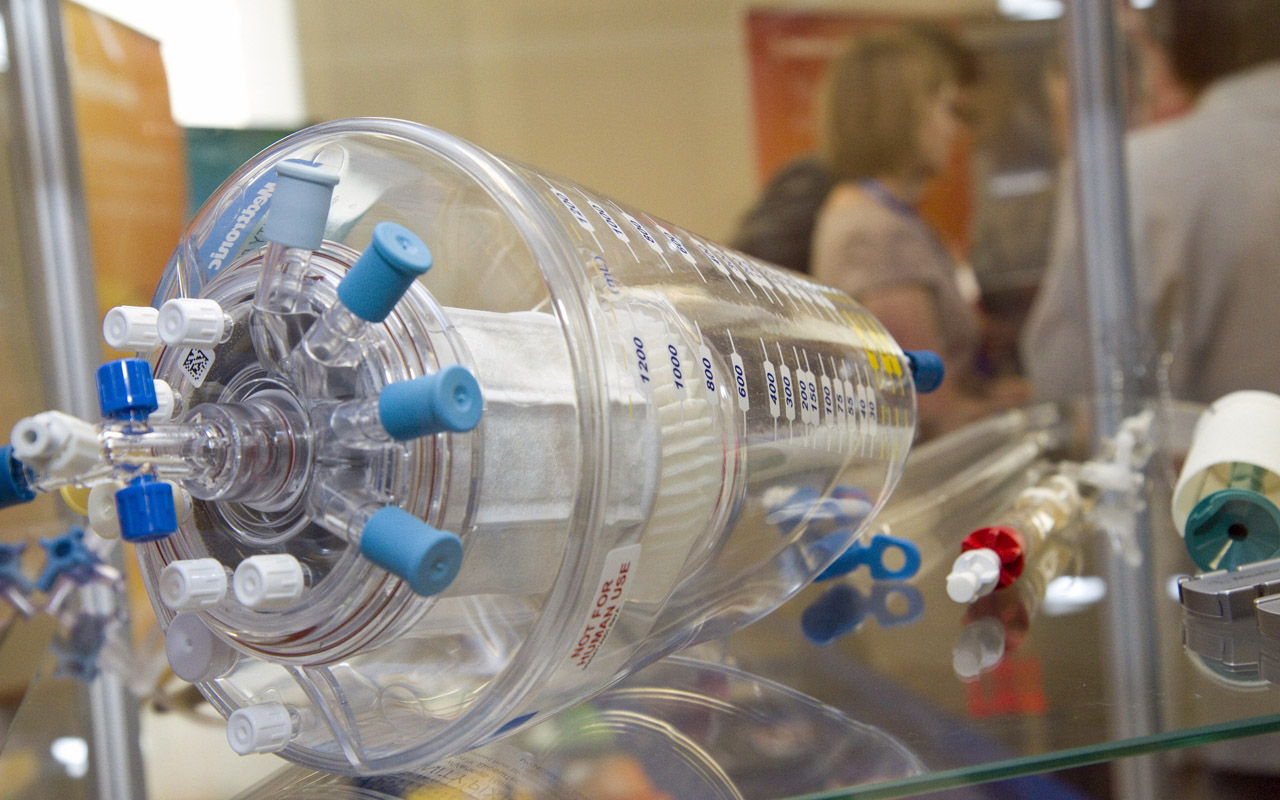
Medtronic
- Dividend yield: 2.2%
- 5-year average yield: 2.0%
- Medtronic (MDT, $83.25) is a Dividend Aristocrat that has raised its dividend for 40 consecutive years, recording 17% compound annual growth over that time. The company’s impressive dividend longevity stems from its focus on innovative medical products that meet the needs of a fast-growing and aging global population.
Medtronic’s portfolio is organized into four business units (cardiac & vascular, minimally invasive therapy, restorative therapies, diabetes) and includes thousands of products from pacemakers to insulin management pumps. Management also has made several savvy acquisitions over the years to increase the company’s scale and breadth of products.
Its most notable deal was its $50 billion acquisition of Covidien in 2015, which produced several benefits. Morningstar analyst Debbie Wang commented that “pairing Medtronic’s diversified product portfolio aimed at a wide range of chronic diseases with Covidien’s breadth of products for acute care in hospitals has bolstered Medtronic’s position as a key partner for its hospital customers.”
Medtronic currently offers investors a 2.2% dividend yield, which is slightly better than its five-year average. The company’s payout has potential to continue growing at a double-digit pace thanks to a conservative free cash flow payout ratio near 50% and growing global demand for Medtronic’s health care products.

Lowe’s
- Dividend yield: 2.1%
- 5-year average yield: 1.7%
Founded in 1946, Lowe’s (LOW, $79.24) is the second largest home improvement retailer in the world – behind rival Home Depot (HD) – with about 2,370 locations across North America. The company sells everything from appliances and flooring to power equipment and landscaping tools.
New residential construction is rising but remains far below its level prior to the 2008 financial crisis, so Lowe’s stores should continue seeing higher demand over the coming years. In fact, CFRA equity analyst Efraim Levy, CFA, expects Lowe’s revenue to grow 5% in fiscal year 2018, saying, “The housing market should continue to recover with housing values rising, too.”
Either way, Lowe’s dividend remains in excellent shape. The company is a dividend king that has raised its payout for 54 consecutive years, recording 20.5% annualized growth over the last 20 calendar years. Lowe’s sports a healthy payout ratio near 40%, consistent cash flow generation, an investment-grade credit rating and plans for continued margin improvement – thus, the dividend is safe and boasts solid growth potential.
And the stock’s 2.1% dividend yield also sits above its five-year average yield of 1.7%, suggesting LOW shares are reasonably priced.
Brian Bollinger was long GIS, HRL, K, KMB, LOW, MDT, OMC and T as of this writing.
Profit and prosper with the best of Kiplinger's advice on investing, taxes, retirement, personal finance and much more. Delivered daily. Enter your email in the box and click Sign Me Up.
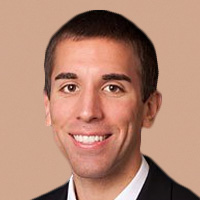
Brian Bollinger is President of Simply Safe Dividends, a company that provides online tools and research designed to help investors generate safe retirement income from dividend stocks without the high fees associated with many other financial products.
-
 The Santa Claus Rally Officially Begins: Stock Market Today
The Santa Claus Rally Officially Begins: Stock Market TodayThe Santa Claus Rally is officially on as of Wednesday's closing bell, and initial returns are positive.
-
 How to Leave Different Amounts to Adult Children Without Causing a Rift
How to Leave Different Amounts to Adult Children Without Causing a RiftHere’s how to leave different amounts to adult children without causing a family rift.
-
 My Retirement Learning Curve, 1 Year In
My Retirement Learning Curve, 1 Year InA retiree checks in with what they wish they knew early on and what they've changed about their plan one year in.
-
 The Santa Claus Rally Officially Begins: Stock Market Today
The Santa Claus Rally Officially Begins: Stock Market TodayThe Santa Claus Rally is officially on as of Wednesday's closing bell, and initial returns are positive.
-
 'Humbug!' Say Consumers, Despite Hot GDP: Stock Market Today
'Humbug!' Say Consumers, Despite Hot GDP: Stock Market Today"The stock market is not the economy," they say, but both things are up. Yet one survey says people are still feeling down in the middle of this complex season.
-
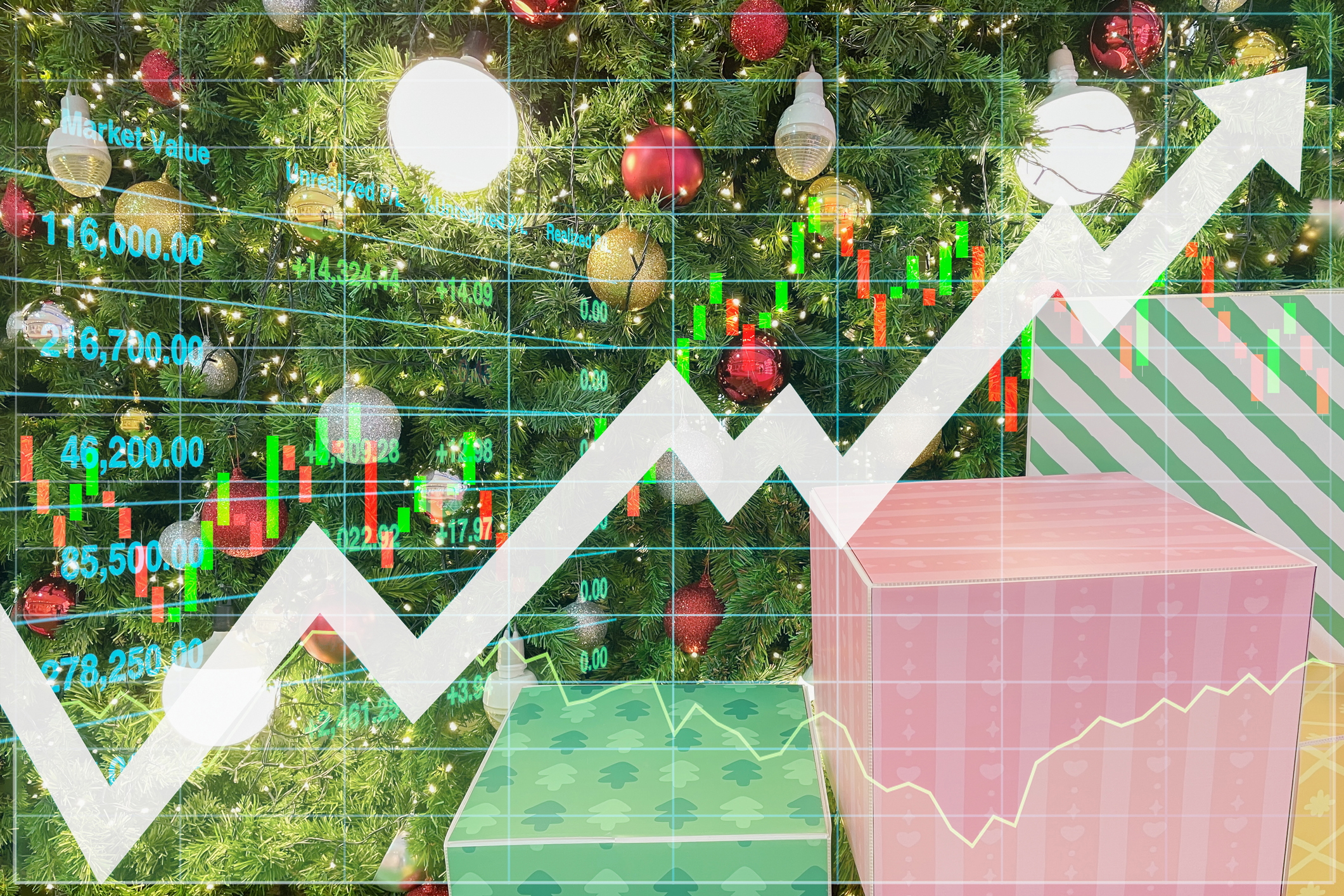 Stocks Rise to the Spirit of the Season: Stock Market Today
Stocks Rise to the Spirit of the Season: Stock Market TodayInvestors, traders and speculators are beginning to like the looks of a potential year-end rally.
-
 Nasdaq Leads as Tech Stages Late-Week Comeback: Stock Market Today
Nasdaq Leads as Tech Stages Late-Week Comeback: Stock Market TodayOracle stock boosted the tech sector on Friday after the company became co-owner of TikTok's U.S. operations.
-
 Cooler Inflation Supports a Relief Rally: Stock Market Today
Cooler Inflation Supports a Relief Rally: Stock Market TodayInvestors, traders and speculators welcome much-better-than-hoped-for core CPI data on top of optimism-renewing AI earnings.
-
 Nasdaq Sinks 418 Points as Tech Chills: Stock Market Today
Nasdaq Sinks 418 Points as Tech Chills: Stock Market TodayInvestors, traders and speculators are growing cooler to the AI revolution as winter approaches.
-
 Stocks Chop as the Unemployment Rate Jumps: Stock Market Today
Stocks Chop as the Unemployment Rate Jumps: Stock Market TodayNovember job growth was stronger than expected, but sharp losses in October and a rising unemployment rate are worrying market participants.
-
 Stocks Struggle Ahead of November Jobs Report: Stock Market Today
Stocks Struggle Ahead of November Jobs Report: Stock Market TodayOracle and Broadcom continued to fall, while market participants looked ahead to Tuesday's jobs report.
